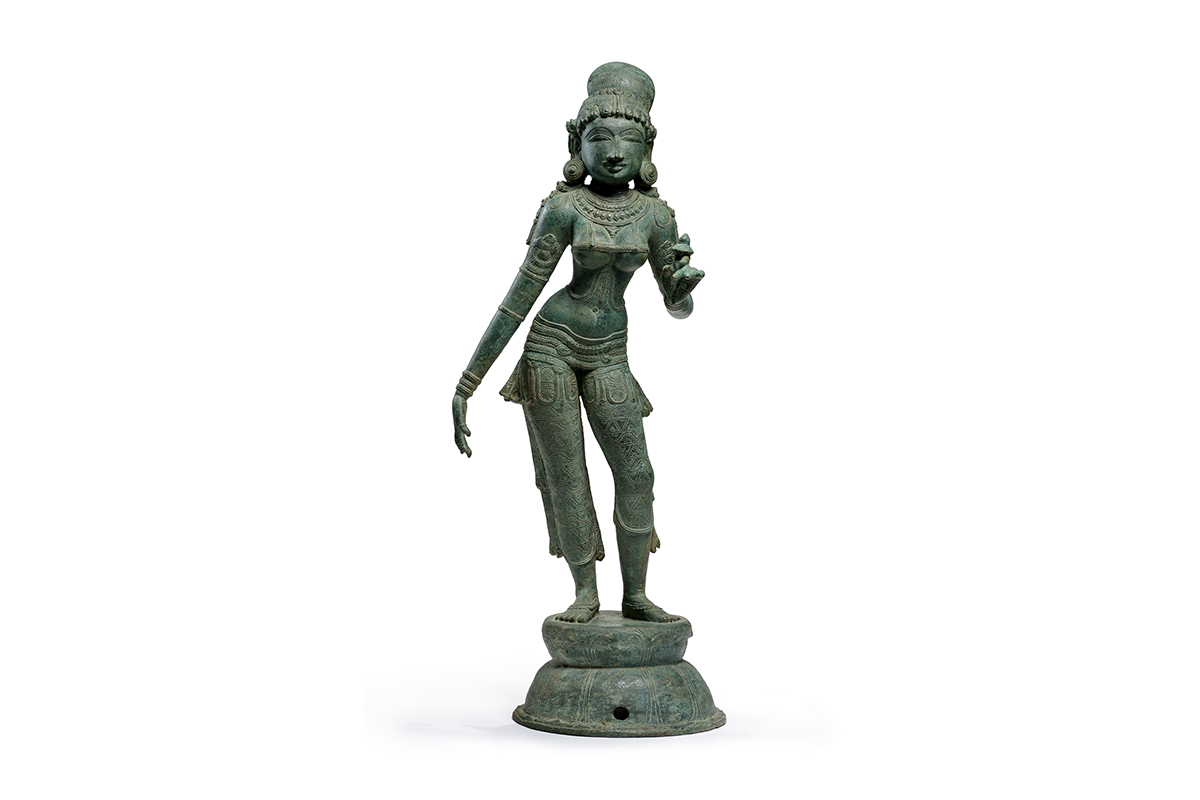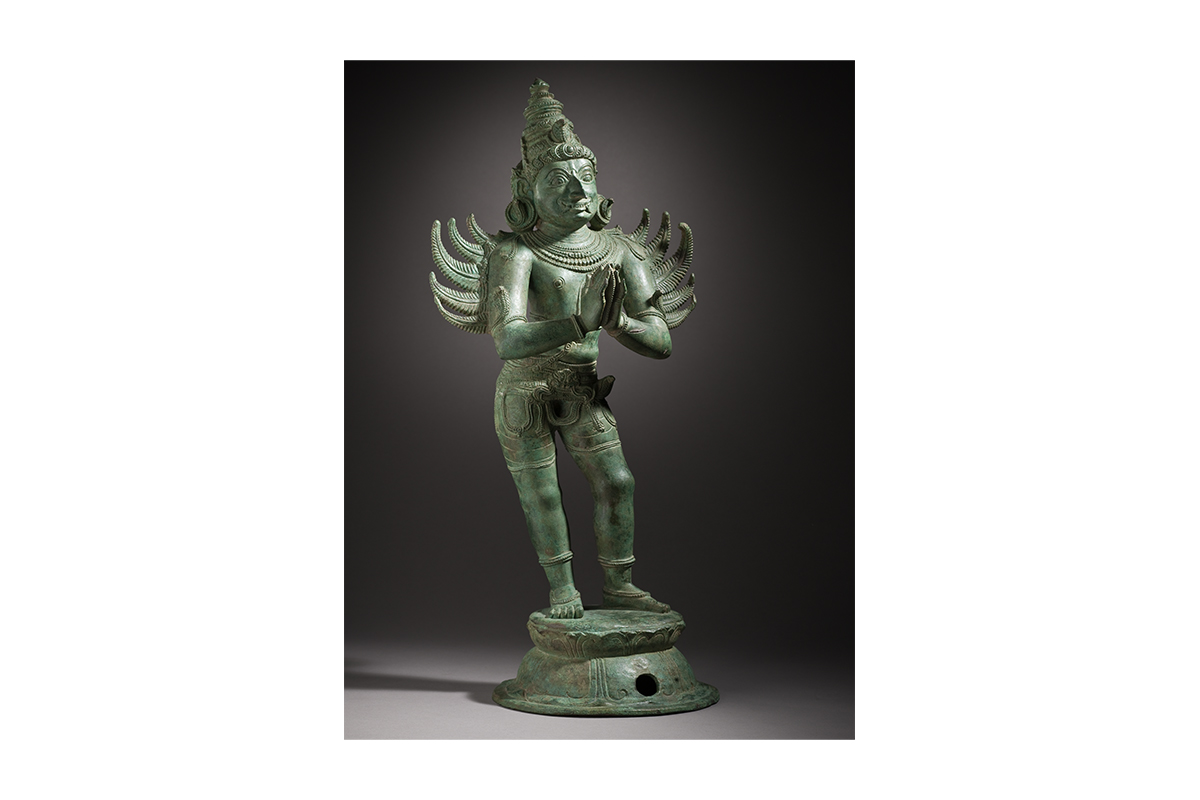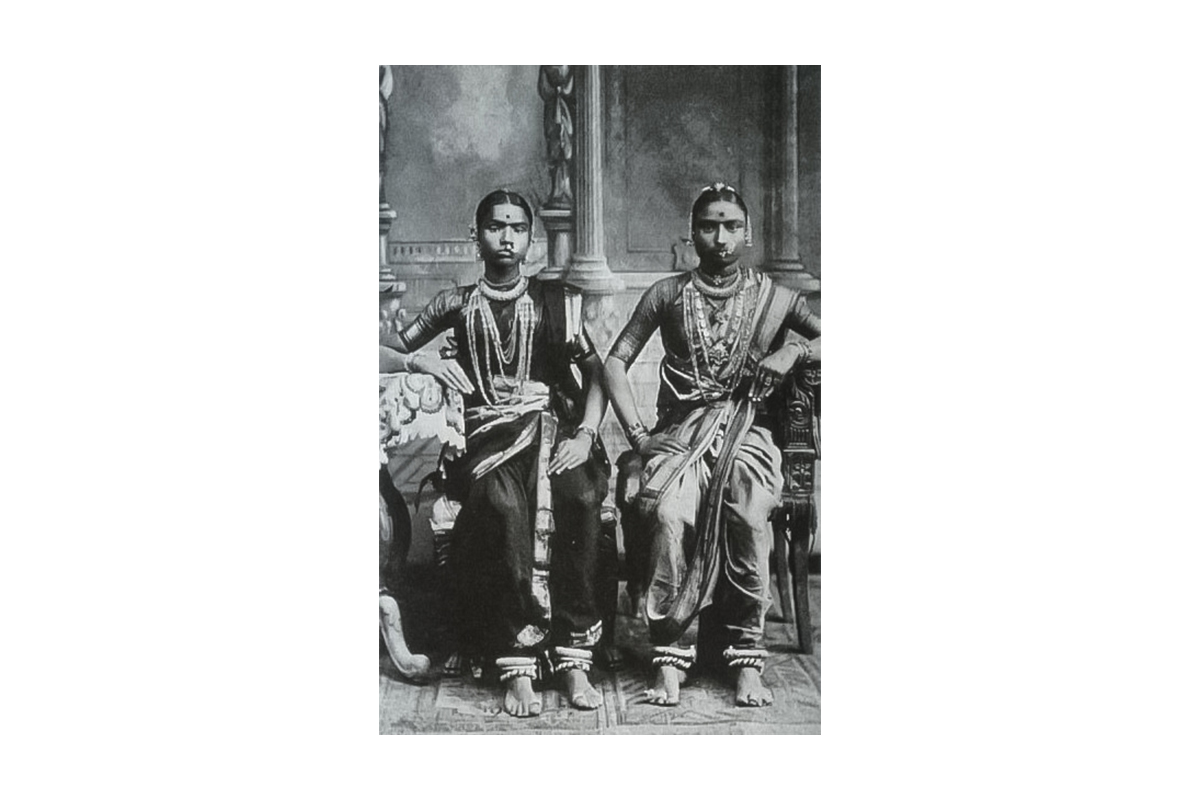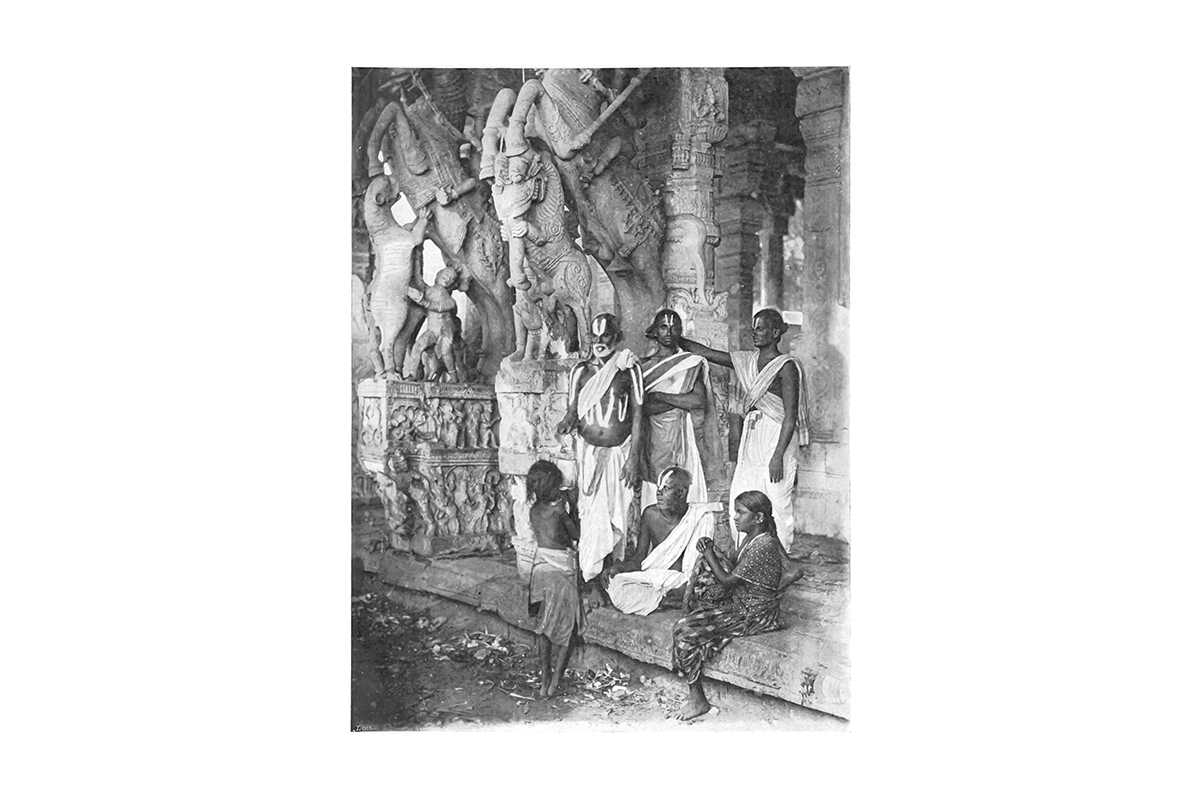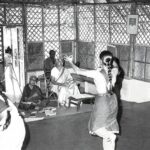Socioeconomic Patterns Begin to Change Across Southern India
1150
Smaller power centres such as landlords, temples and aristocratic houses assert their influence across southern India. In the Tamil-speaking regions in particular, these magnates commission a wave of artistic production, particularly bronzes, and take over the endowments of institutions formerly aligned with royalty. Being associated with the administration of local temples becomes a marker of status. Women play important roles in this process, with wealthy individuals obtaining the rank of tevaratiyal or devadasi — literally ‘female servants of god’. They display their status by dancing for the deity on public occasions. However, this phenomenon is not uniform; in the Deccan, it is often lower caste women who are given the status of devadasi, and they are generally considered the property of the temple, with little autonomy or resources of their own.
Bibliography
Reddy, Y Ramachandra, and R. M. Sridevi. “The Origin and Historical Development of Devadasi System in India.” International Journal of Applied Research 5, no. 1 (2019): 106–09.
Singh, Upinder. A History of Ancient and Early Medieval India: From the Stone Age to the 12th Century. New Delhi: Pearson, 2016.
Feedback 
This entry appears in
Art in South Asia
Visit Timeline
Associated Timeline Events
First Published: March 11, 2024
Last Updated: July 2, 2024



